The U.S. housing market is experiencing a dramatic shift. After years of tight inventory and skyrocketing prices, many regions are now seeing an oversupply of homes. However, this doesn’t mean homes are suddenly affordable—rising mortgage rates, economic uncertainty, and shifting buyer preferences are keeping demand low. As experts warn, this imbalance could have lasting effects on the real estate market, affecting homeowners, developers, and investors alike.
1. A Shift from Scarcity to Surplus
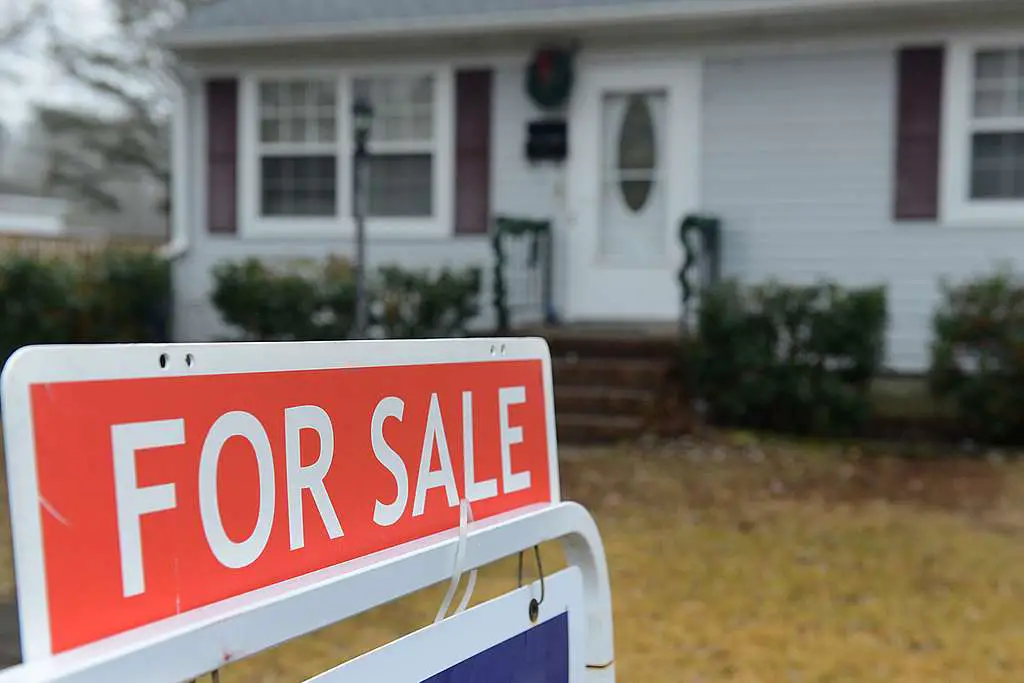
For years, the U.S. housing market struggled with a shortage of homes, driving prices sky-high. Now, an unexpected reversal is taking shape, with an increasing number of homes sitting on the market without buyers. According to The Wall Street Journal, the supply of available homes has increased in many regions, but hesitant buyers and stricter lending standards have slowed down transactions. This shift is reshaping real estate dynamics, leading to longer listing times and price reductions.
A surplus of homes might seem like good news for buyers, but it comes with complications. Many homeowners who bought at peak prices now face difficulty selling at a profit. Developers who once scrambled to meet demand are now pulling back on new projects. The market is in transition, and the consequences are only beginning to unfold.
2. High Mortgage Rates Are Pricing Buyers Out

The rapid increase in mortgage rates has dramatically reduced purchasing power for potential buyers. Many who once qualified for homes at lower rates are now struggling with affordability. CNBC reports that average mortgage rates have more than doubled since 2021, making homeownership unattainable for many middle-class families. Monthly mortgage payments have soared, pushing buyers to either delay their purchase or look for significantly lower-priced homes.
This trend is cooling demand across the country, particularly in expensive urban markets. Sellers are being forced to lower their asking prices to attract buyers. Some markets are even seeing price corrections after years of relentless appreciation. Until mortgage rates stabilize, affordability challenges will continue to suppress demand.
3. Investors Are Pulling Back from the Market

Real estate investors were a driving force behind the housing boom, buying up properties at record rates. Now, many are stepping away, leading to a slowdown in overall sales. According to Forbes, institutional investors have dramatically reduced their home purchases, citing concerns over falling home values and rising borrowing costs. This has left many markets flooded with properties that aren’t moving as quickly as before.
Without investors snapping up homes, some areas are experiencing steeper price declines. Many sellers who hoped to attract cash buyers are now left waiting. The slowdown in investment activity is also impacting rental markets, as fewer properties are being converted into rentals. As a result, housing trends that defined the past decade are beginning to reverse.
4. Homebuilders Are Struggling with Excess Inventory

After years of aggressively constructing new homes, builders are now facing an oversupply. Many developers anticipated continued high demand but are now struggling to sell their inventory. The New York Times reports that new home sales have slowed significantly, forcing builders to offer incentives like price cuts and mortgage rate buydowns to attract buyers. This marks a stark contrast to the bidding wars and long waitlists of just a few years ago.
Large-scale developments in suburban and exurban areas are particularly vulnerable. Some projects are being halted mid-construction due to declining buyer interest. This oversupply could lead to further price adjustments, as builders look to offload excess homes. If the trend continues, the housing market could face deeper instability.
5. Some Regions Are More Affected Than Others
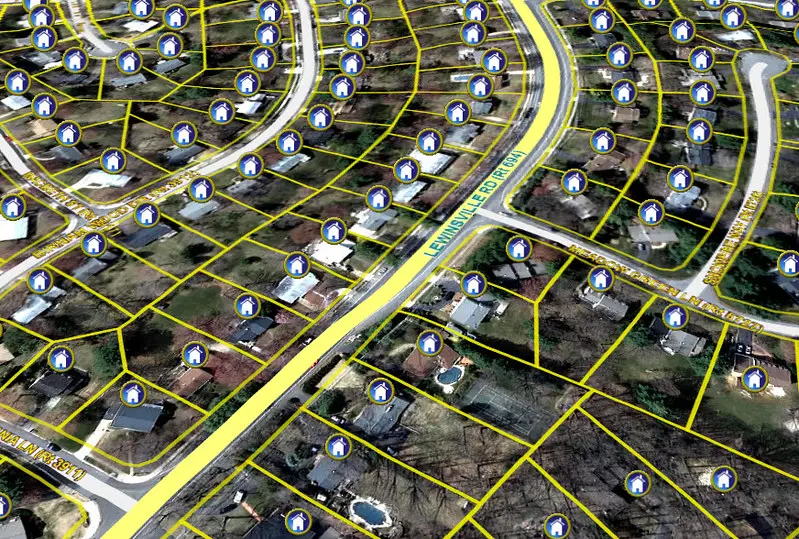
Not all markets are experiencing the same level of oversupply. While some cities remain highly competitive, others are seeing listings pile up. Areas that experienced rapid growth during the pandemic, such as Austin, Phoenix, and Boise, are now struggling with excess inventory. The imbalance is particularly pronounced in regions where home prices rose too quickly compared to local incomes.
Sellers in these areas are facing longer wait times and steeper price reductions. Buyers, on the other hand, are gaining leverage, with more negotiating power than in previous years. Real estate experts predict that some of these markets will take years to fully stabilize. The shift highlights how economic conditions and migration patterns influence local housing trends.
6. First-Time Buyers Are Holding Off
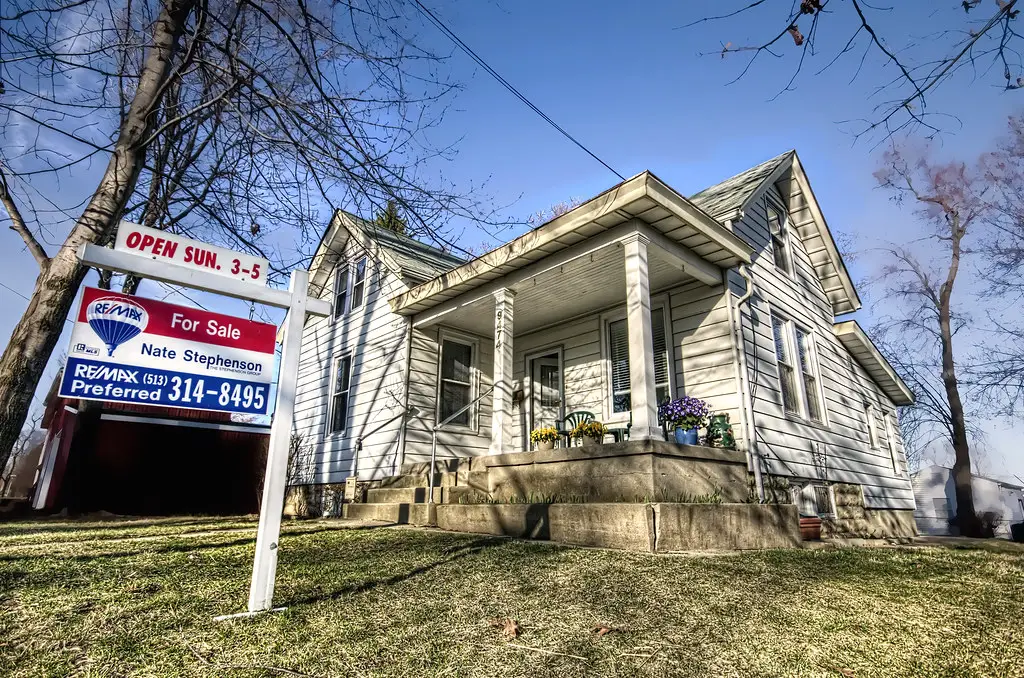
Younger buyers are feeling the effects of economic uncertainty and high costs more than ever. Many first-time buyers are delaying home purchases due to a combination of rising interest rates, student debt, and inflation. Without this critical group entering the market, demand remains lower than expected. The trend is particularly noticeable in urban areas, where affordability challenges are most severe.
Instead of buying, many young professionals are choosing to rent for longer. This is putting pressure on the rental market, keeping rents high even as home prices soften. Some experts worry that if first-time buyers continue to delay, long-term homeownership rates could decline. This shift could have major implications for wealth-building and generational financial stability.
7. The Luxury Market Is Cooling Faster
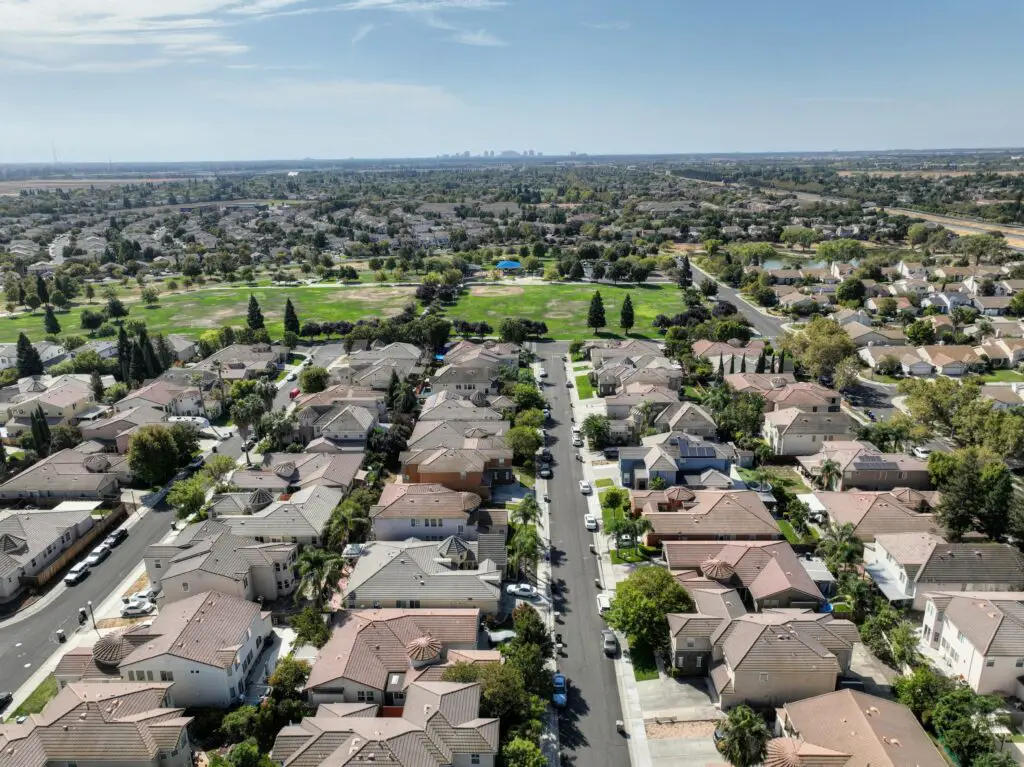
High-end homes are among the hardest to sell in the current climate. Luxury real estate saw a boom in recent years, but the combination of economic uncertainty and stock market volatility has dampened buyer enthusiasm. Many affluent buyers are holding onto their cash, waiting for better conditions. As a result, luxury properties are staying on the market much longer than before.
Price cuts have become common in high-end neighborhoods across the country. Sellers who once commanded top dollar are now adjusting their expectations. In some cases, properties that would have sold in days now linger for months. This slowdown at the top of the market often has a trickle-down effect on mid-tier and entry-level homes.
8. Sellers Are Struggling with Changing Expectations

Homeowners who saw their neighbors sell for record prices just a year ago are now facing reality checks. Many sellers are still listing homes at peak prices, only to face sluggish interest. This has led to an increase in price reductions, as sellers adjust to shifting market conditions. Stubbornly high asking prices are one reason why inventory continues to grow.
Realtors are advising sellers to be more flexible and realistic. Competitive pricing and home staging have become essential to attracting buyers. In some cases, sellers are choosing to rent out their properties instead of accepting lower offers. This reluctance to drop prices is contributing to the standoff between buyers and sellers.
9. Economic Uncertainty Is Making Buyers Hesitant
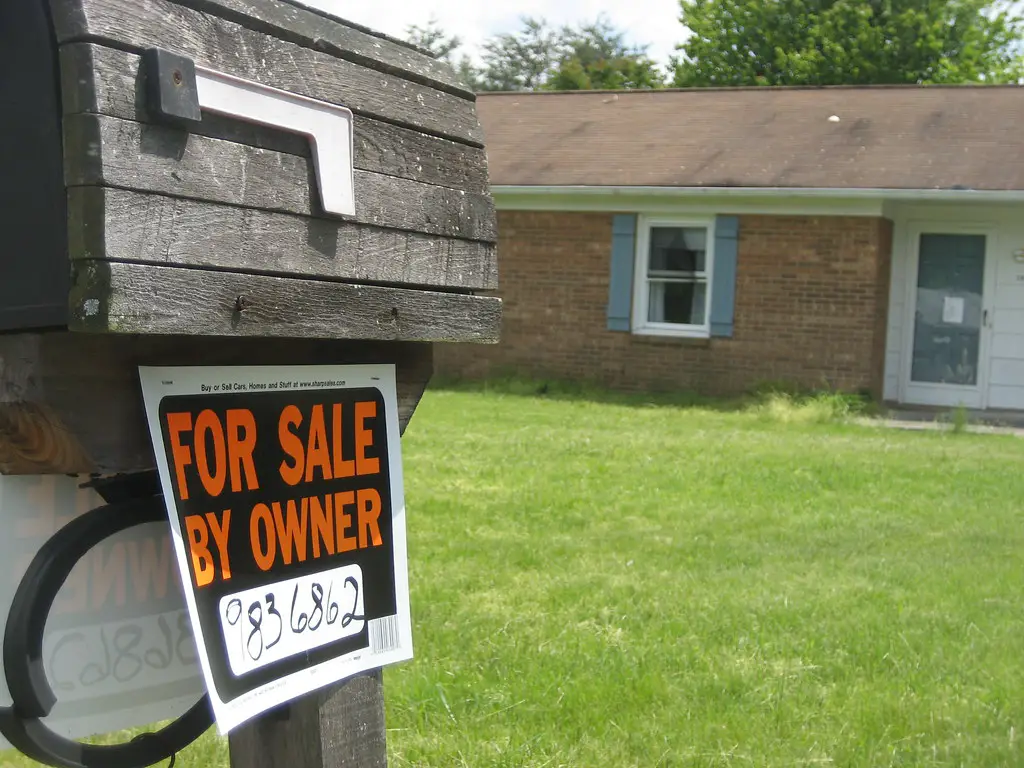
Job security concerns and recession fears are keeping many potential buyers on the sidelines. Economic uncertainty is a major factor in the slowdown, with many Americans hesitant to make large financial commitments. Even those who qualify for mortgages are holding off, waiting for clearer signals about the economy’s direction. This hesitation is further reducing demand in an already slow market.
Consumer confidence plays a crucial role in housing trends. When people feel uncertain about their financial future, they are less likely to invest in a home. The current climate of inflation, layoffs, and fluctuating interest rates has created a cautious buyer pool. Until economic stability returns, demand may remain lower than expected.
10. Home Prices Are Still High, But Slowing
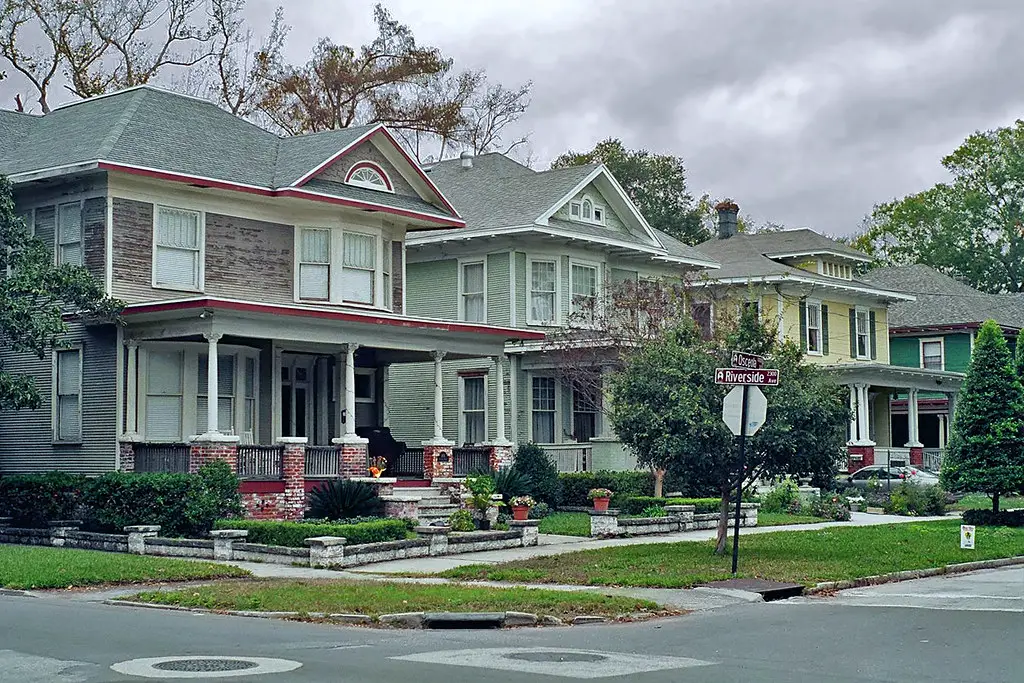
Despite the oversupply of homes in many markets, prices remain high. While price growth has slowed compared to the past few years, many areas are still seeing elevated costs. The price deceleration varies by region, but overall, home prices are not dropping fast enough to entice buyers who are now wary of affordability. In some places, homes are still priced well above pre-pandemic levels.
For sellers, this presents a tough situation. Homes that were once listed at premium prices now seem overpriced in a cooling market. Even with price cuts, many buyers are reluctant to commit due to ongoing economic concerns. Until prices fully adjust to the new normal, sellers will face difficulty moving their properties quickly.
11. Inventory Isn’t Moving as Fast as Expected

While many regions are facing a glut of homes, the reality is that inventory isn’t moving as quickly as anticipated. Homes that once sold in days are now lingering on the market for weeks or even months. With demand suppressed by high mortgage rates and economic uncertainty, sellers are often forced to reconsider their pricing strategies. Some properties are seeing multiple rounds of price reductions before they attract a serious offer.
As homes stay on the market longer, some sellers may decide to pull their listings, unsure of how long the market slowdown will last. This has led to even further inventory growth, as some homes simply don’t sell within the expected timeframe. As the market stabilizes, buyers may find more options, but sellers will continue to face challenges.
12. Remote Work Is Changing Housing Preferences

The rise of remote work has fundamentally changed how people think about housing. Many workers who no longer need to commute are opting for homes in suburban and rural areas, where prices tend to be more affordable. This trend is contributing to the increased supply of homes in certain markets, especially as people leave crowded urban areas in favor of more space and lower costs.
While this shift may benefit smaller towns and cities, it’s leading to a disparity between high-demand urban markets and oversupplied suburban regions. As buyers shift their preferences, certain areas are experiencing a slowdown in demand, while others continue to see elevated prices. This evolving landscape means the housing market will likely continue to fluctuate based on changing lifestyles and work patterns.
13. The Impact on Homebuilders and New Construction
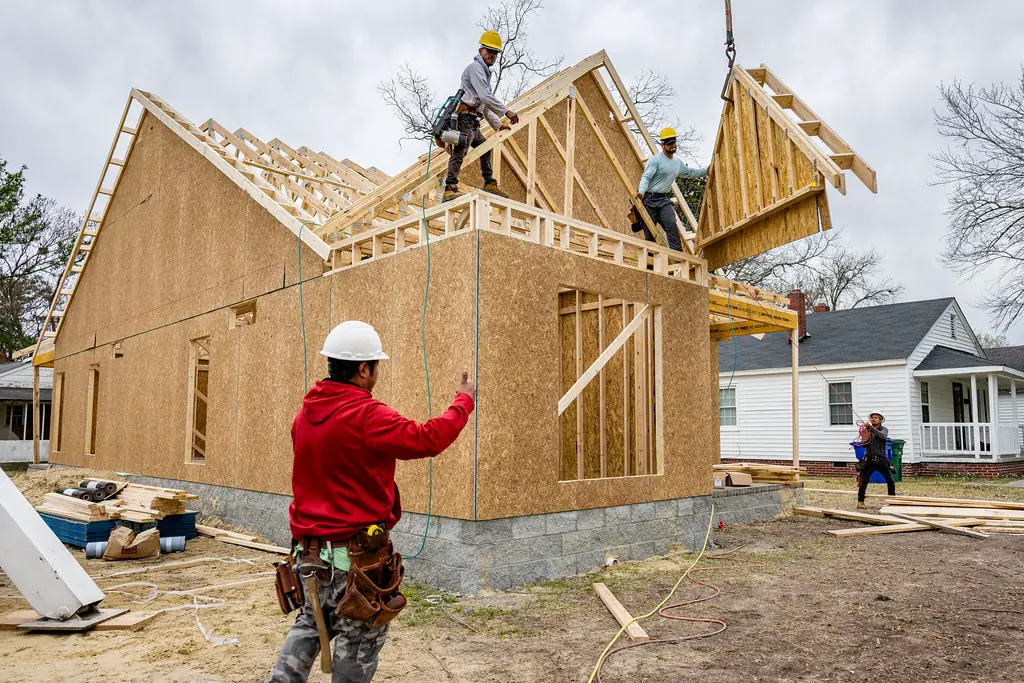
The slowdown in housing demand is starting to have a significant impact on homebuilders. Developers who had been pushing forward with new construction projects now face the challenge of oversupply. Some builders are scaling back on new developments, opting to complete projects that are already underway rather than starting new ones. Others are adjusting their focus, choosing to build more affordable homes to meet shifting market demands.
This shift in the building sector could prolong the housing market’s recovery. If fewer homes are built, inventory levels may not increase at the necessary pace to meet demand in the future. However, the cooling of new construction also allows time for the market to adjust, and the real estate sector may benefit in the long run from this reset.
